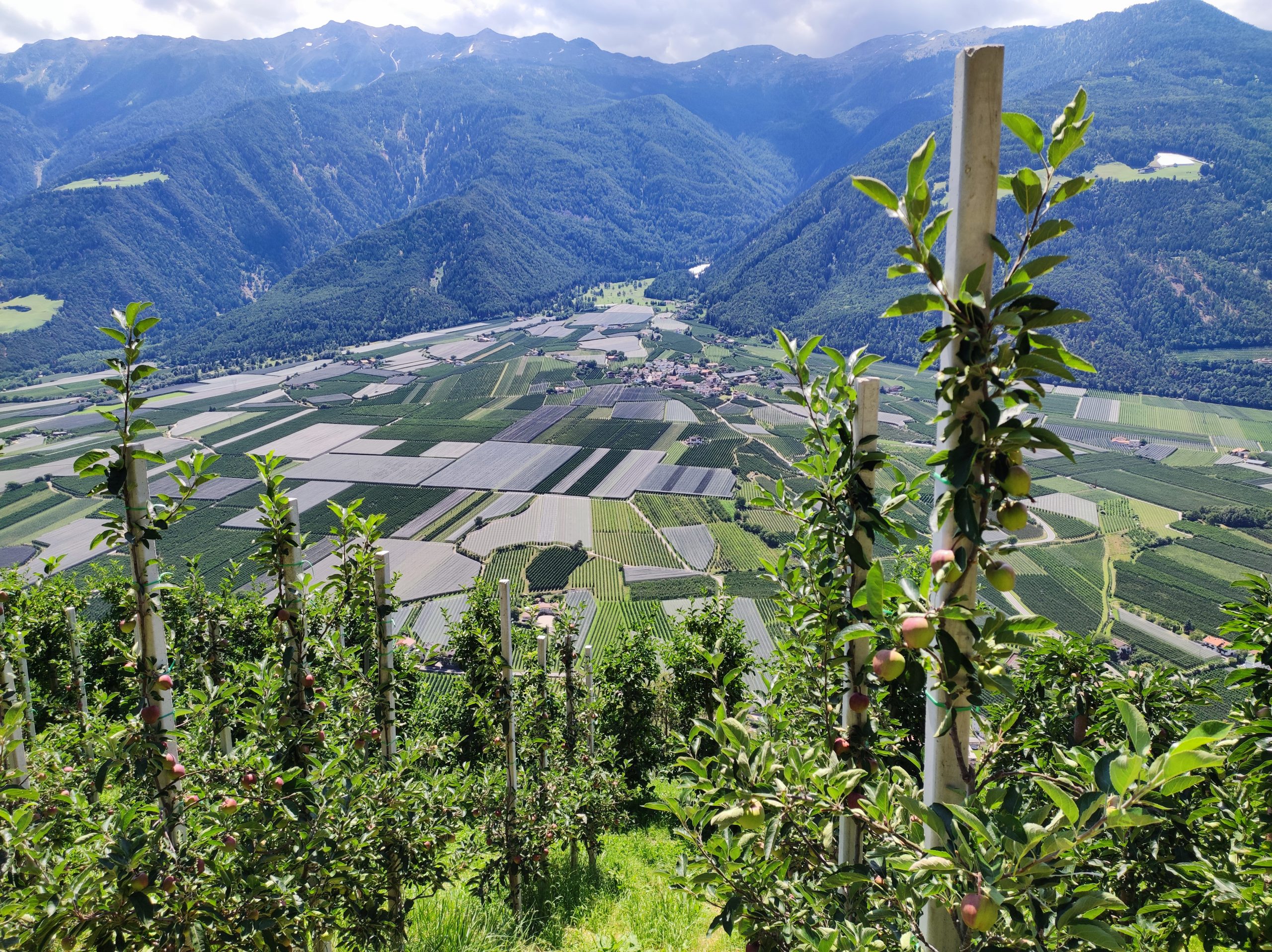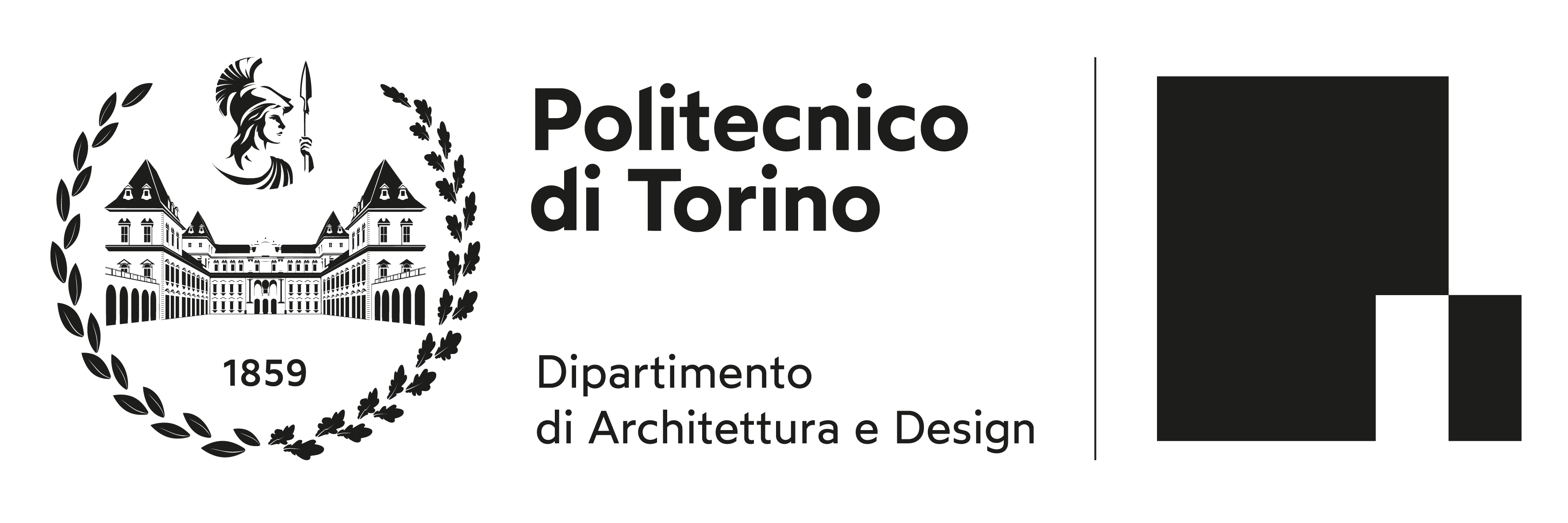
Architectures of production in the 21st century Italian mountains
Abstract
The theme of production seems at odds with the images depicting an idealistic, idyllic daily life of mountain villages and landscapes that appeared in glossy magazines during the pandemic and became imprinted on the collective imagination of urban populations. Production (including industrial production) has deeply altered the life and appearance of mountains in Italy. First during the nineteenth century, with hydroelectric power plants, and then with the gradual relocation of production plants to the plains following the apogee of Fordism in the second half of the twentieth century. Thus, the era of large factories of the 1960s gradually came to an end, evolving towards a period of disruptive “molecular” capitalism and an all-Italian manufacturing system organized in industrial districts. The morphology of production plants evolved too, while products became more and more standardized and were stored in warehouses: in this frenzy of economic growth, the superficiality of capitalism overtook the ancient sector of mountain agriculture, transferring the notion of warehouse into its traditional production facilities, namely barns and stables. Thus, while on the one hand agronomic practices gained new attention, on the other hand the architectural features of production buildings in the mountains continued to seem “out of context”. A renewed attention to the shape of production buildings began to develop even in a climatically and morphologically complex territory such as the mountains. I believe that the features and characters of the new architecture of production will become less authorial and at the same time more explicit in representing the material and cultural relationship with the specificities of the mountain territory and in establishing a dialogue with the cultures that have inhabited these places.







